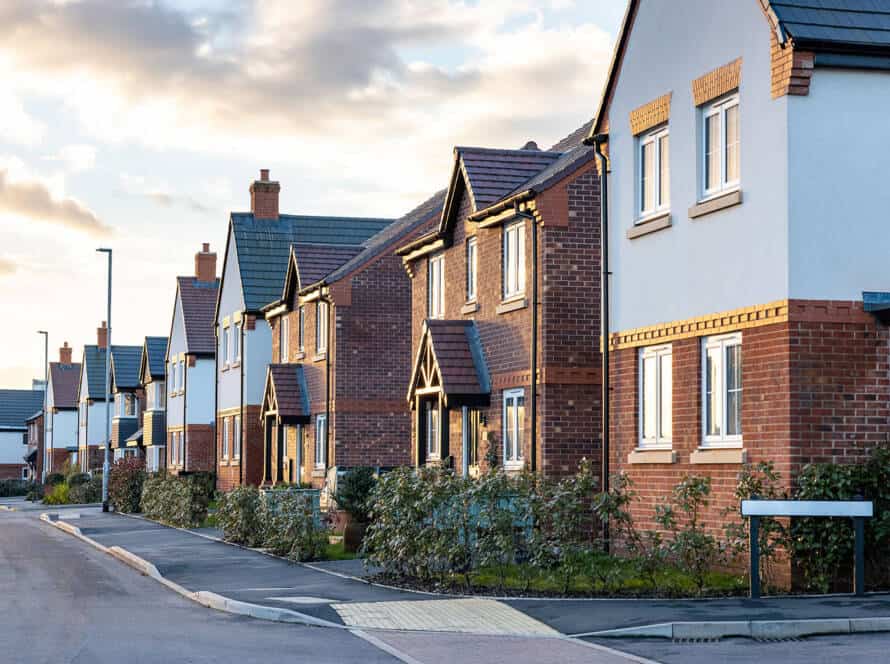Effective drainage and property maintenance is crucial for protecting your home. Recognising the early signs of a blockage can mean the difference between a simple fix and needing emergency drainage clearance. This guide outlines the key warning signals and the immediate steps you should take to prevent severe damage and costly repairs.
Understanding the Need for Emergency Drainage Clearance
Understanding what causes severe blockages is the first step in proactive drainage and property maintenance. Common culprits include fats, oils, grease (FOG), wipes, hair, and tree roots invading older, vulnerable pipes.
| Cause | Impact | Prevention |
|---|---|---|
| Fat, Oil, Grease (FOG) | Hard clogs, bad odours | Cool and bin FOG; use sink strainers |
| Wipes & Sanitary Products | Severe toilet clogs, sewer backups | Strict ‘bin-only’ policy for all wipes |
| Tree Roots | Cracked pipes, recurring blockages | CCTV surveys; root barriers |
| Leaves and Silt | Surface flooding, gully overflow | Clear gullies and grates before heavy rain |
Recognising The Warning Signs: When to Call for Emergency Drainage Clearance
Ignoring early signs can lead to a full-scale emergency. Here are the critical symptoms that indicate you may need professional emergency drainage clearance.
1. Strange Gurgling Noises
Gurgling sounds from plugholes or toilets mean air is trapped by a blockage. If you hear this after flushing or emptying a sink, it’s a clear sign of a partial blockage that needs attention as part of your drainage and property maintenance routine.
2. Foul Odours
Persistent unpleasant smells from your drains indicate stagnant wastewater. This is often a sign of a developing blockage that, if left, will require emergency drainage clearance.
3. Slow Drainage
The most common early warning sign. If multiple sinks, baths, or showers are draining slowly, the problem is likely in your main line. This is a key indicator that your drainage and property maintenance plan needs immediate action.
4. Water Backing Up
The most severe sign. If water backs up into your shower, toilet, or floor drains when you use another fixture, you are facing a serious main line blockage. This is an emergency that requires immediate professional drainage clearance.
Your Proactive Prevention Plan: The Heart of Drainage and Property Maintenance
Prevention is always better than cure. A solid plan integrates simple habits with scheduled professional checks.
-
In the Kitchen: Never pour fats or oils down the sink. Use sink strainers and flush with hot water regularly.
-
In the Bathroom: Use hair traps in showers and bins for wipes and sanitary products. Never flush anything other than toilet paper.
-
Outside Your Home: Regularly clear leaves and debris from external drains and gutters. Consider an annual CCTV survey if you have older pipes or large trees nearby.
When to Seek Professional Help for Emergency Drainage Clearance
DIY methods have their limits. You should call a professional for emergency drainage clearance immediately if you experience:
-
Water backing up into your home.
-
Multiple fixtures draining slowly at the same time.
-
A complete blockage that does not respond to a plunger.
-
Recurring blockages, which suggest a deeper, underlying issue.
Professionals use high-pressure water jetting and CCTV cameras to accurately diagnose and resolve the problem, protecting your property from long-term damage.
Conclusion
Your drains give clear warnings before a full-blown crisis. By incorporating these checks into your regular drainage and property maintenance routine, you can often prevent the need for emergency drainage clearance. Act quickly on signs like gurgling sounds, slow drainage, and bad smells to safeguard your property. If a major blockage occurs, knowing when to call a professional is essential to minimise damage and cost.


